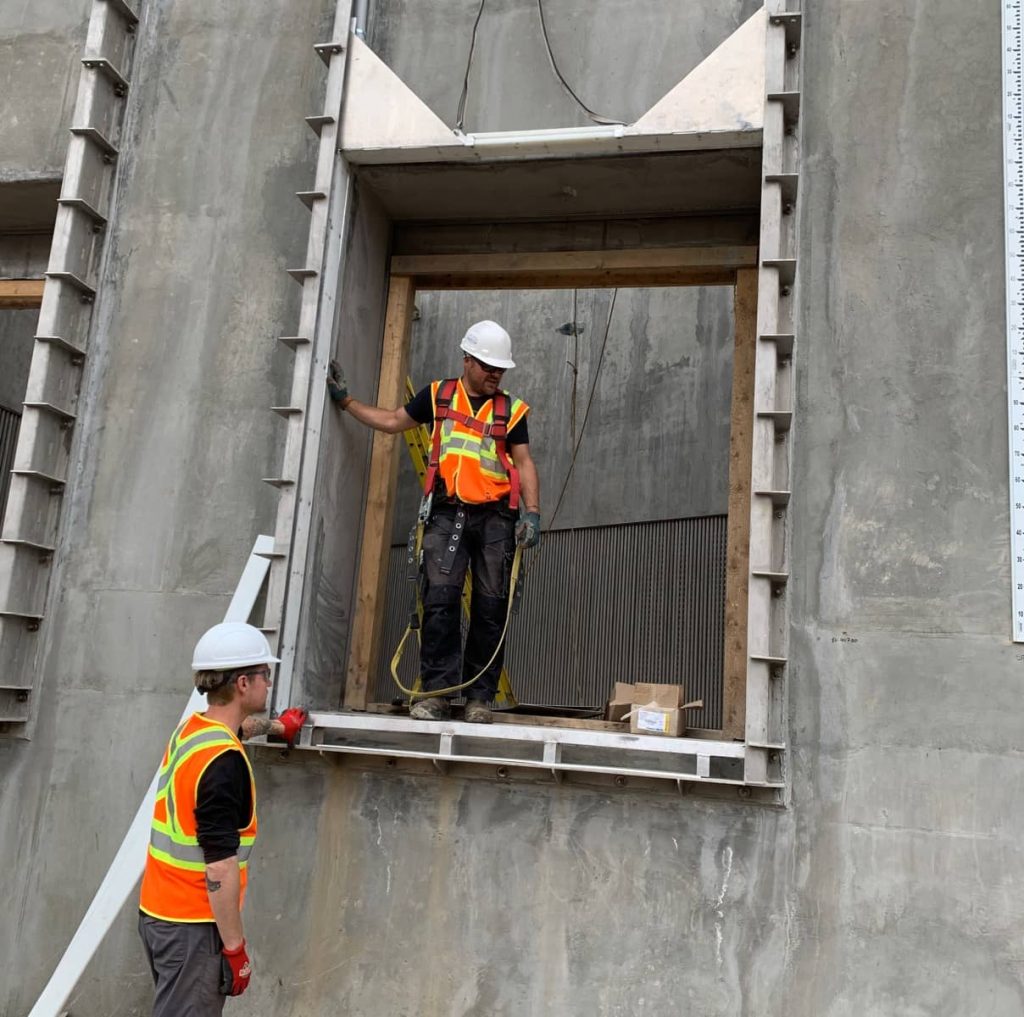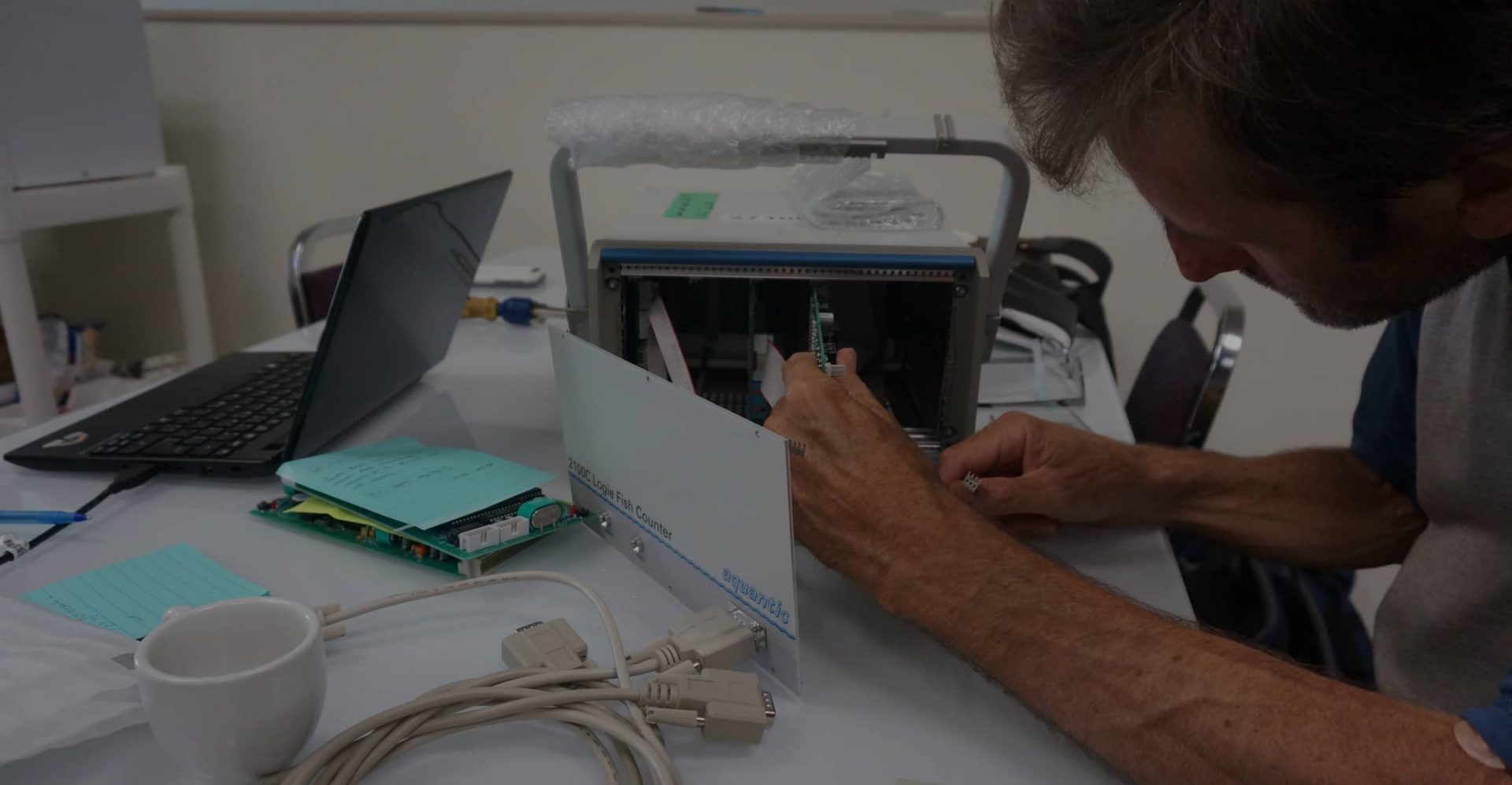PIT Telemetry
In collaboration with industry partners, we design custom PIT antennas that are deployed in rivers and permanent structures throughout British Columbia. Our fabrication and design team develops custom housings that minimize electrical interference and ensure maximum detection capabilities. All PIT antennas undergo continuous and rigorous testing to monitor detection efficiency across all operating conditions. To analyze PIT data, IFR developed a freely available open-source R package, ORFID, (link below) that can be used to combine and filter PIT data, summarize fish movements, and calculate detection efficiency.

Electronic Fish Counters
We design electronic fish counters that are deployed across a broad range of environments, from remote rivers to permanent fishways. We are the sole North American distributor of Aquantic resistivity counters, and we work closely with Aquantic to push the boundaries of resistivity counter applications. Electronic counters have measurement error, and we develop novel methods of validating counters and describing errors in population assessment.
We specialize in pairing electronic counters with technologies such as PIT, radio, or acoustic telemetry to maximize data quantity and quality. Through extensive research and testing, we have pioneered monitoring systems that minimize interference between multiple technologies and their power systems. Counting technologies require power, and we are experts in developing efficient solar power systems in remote environments.

